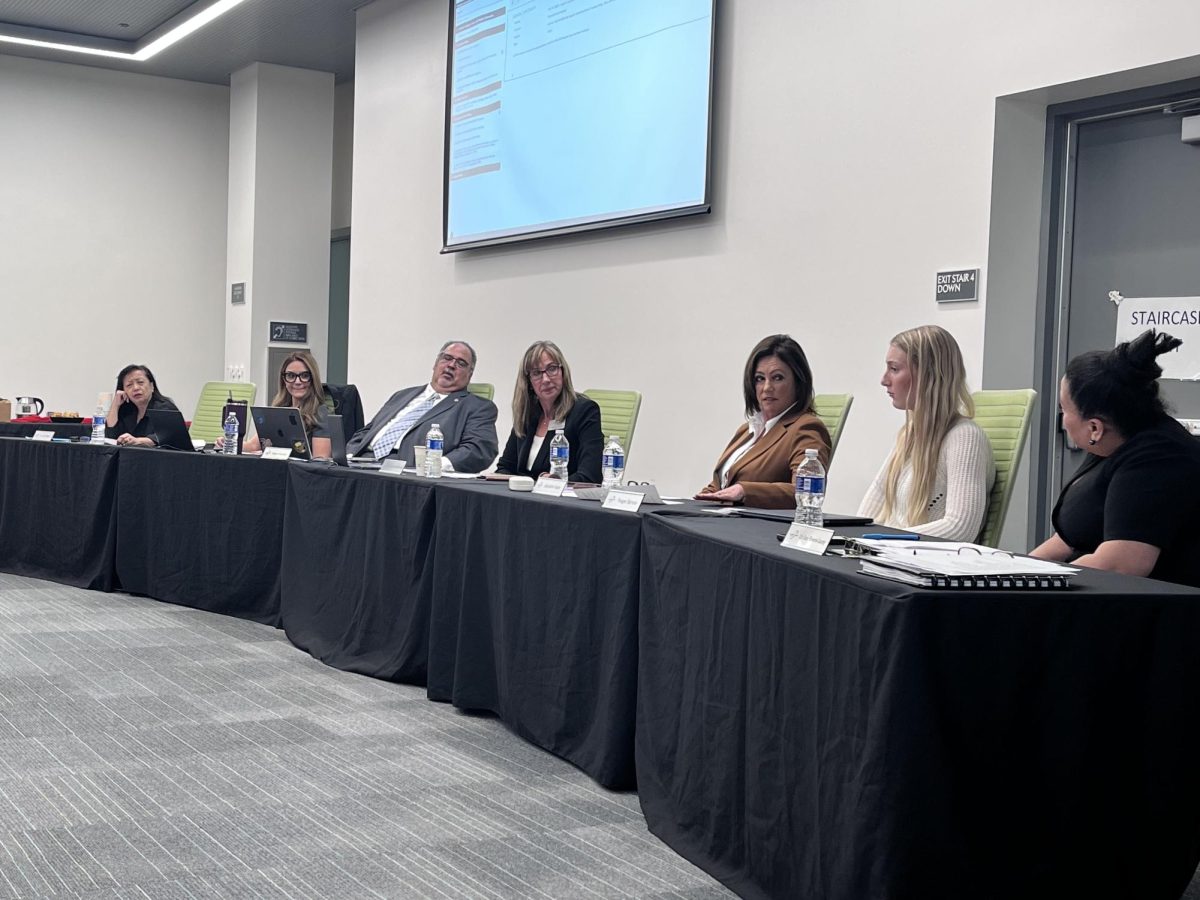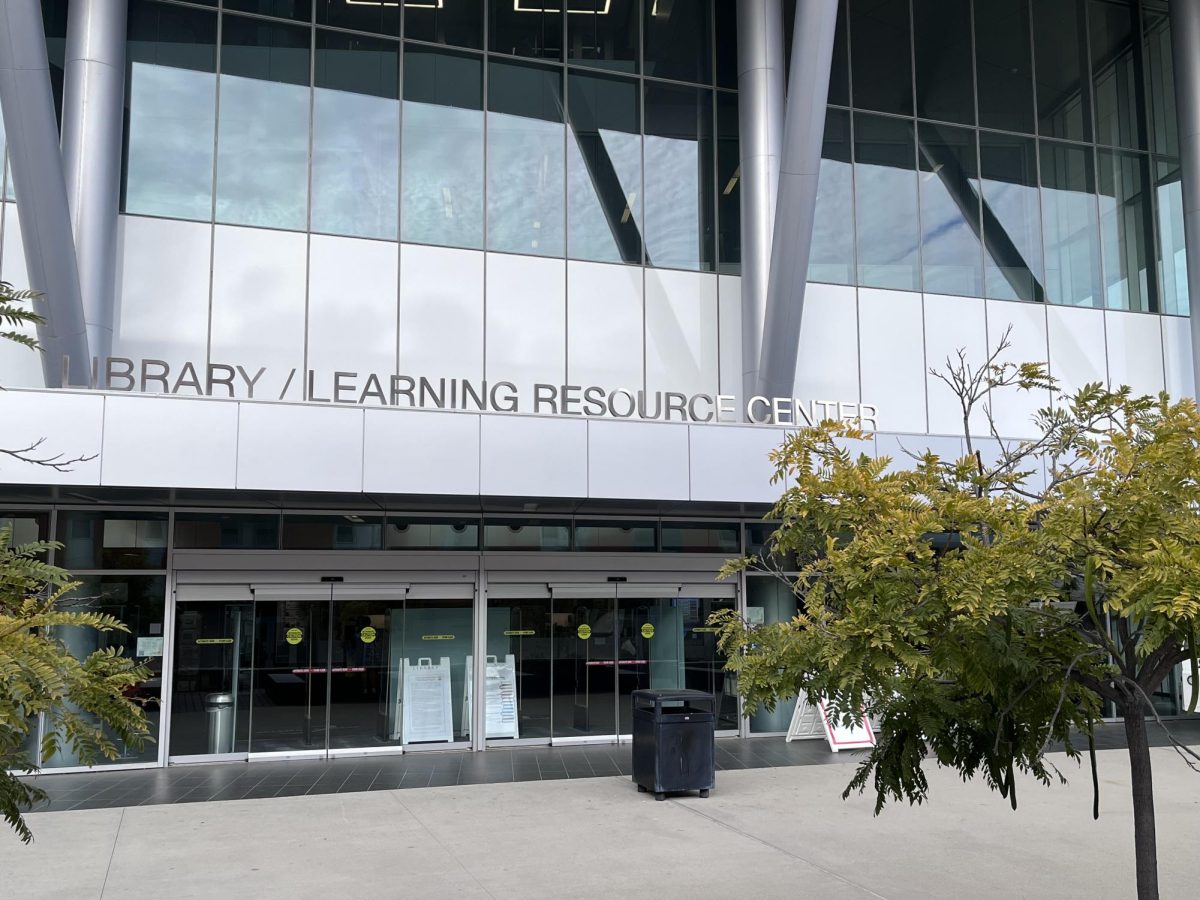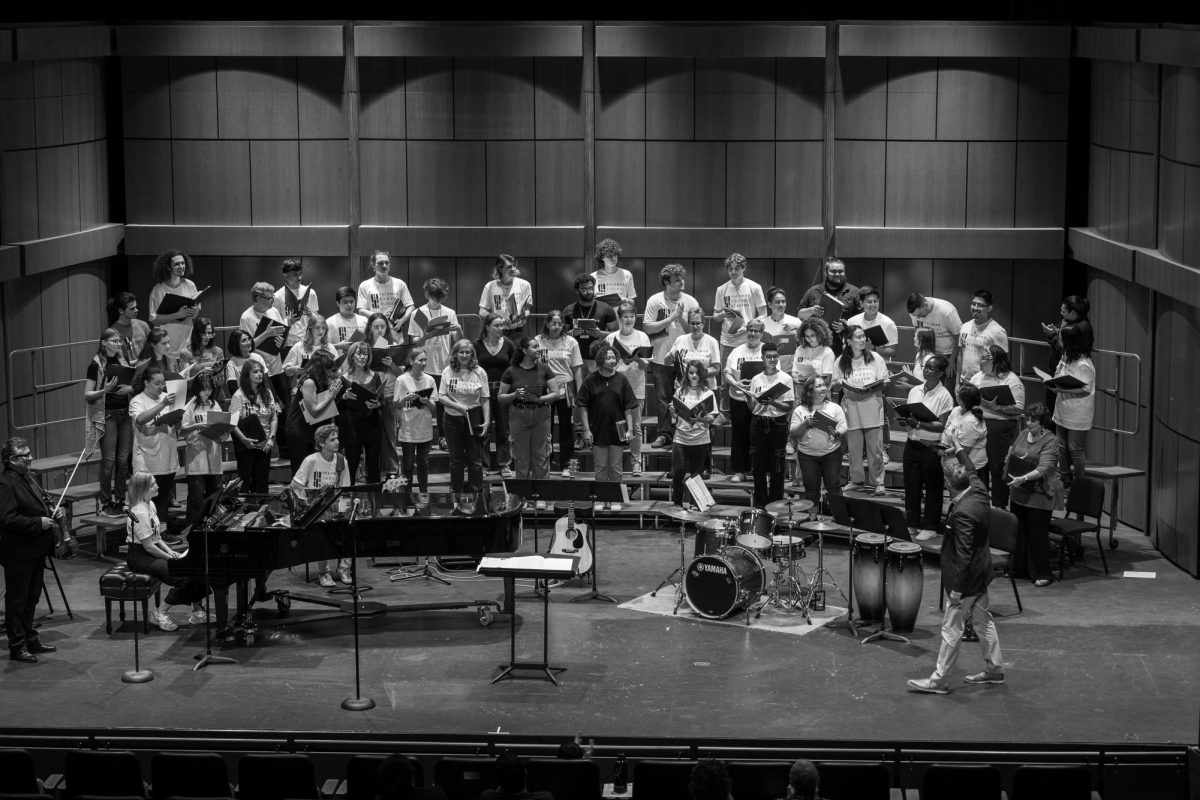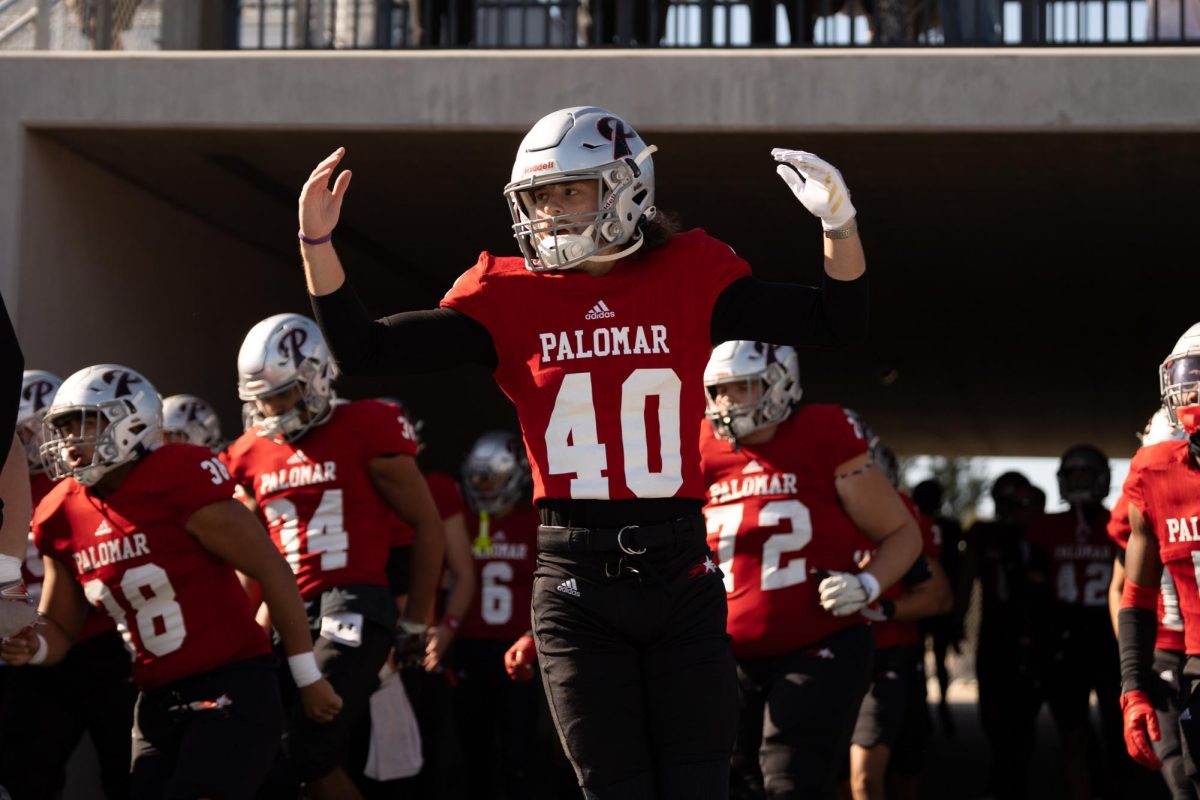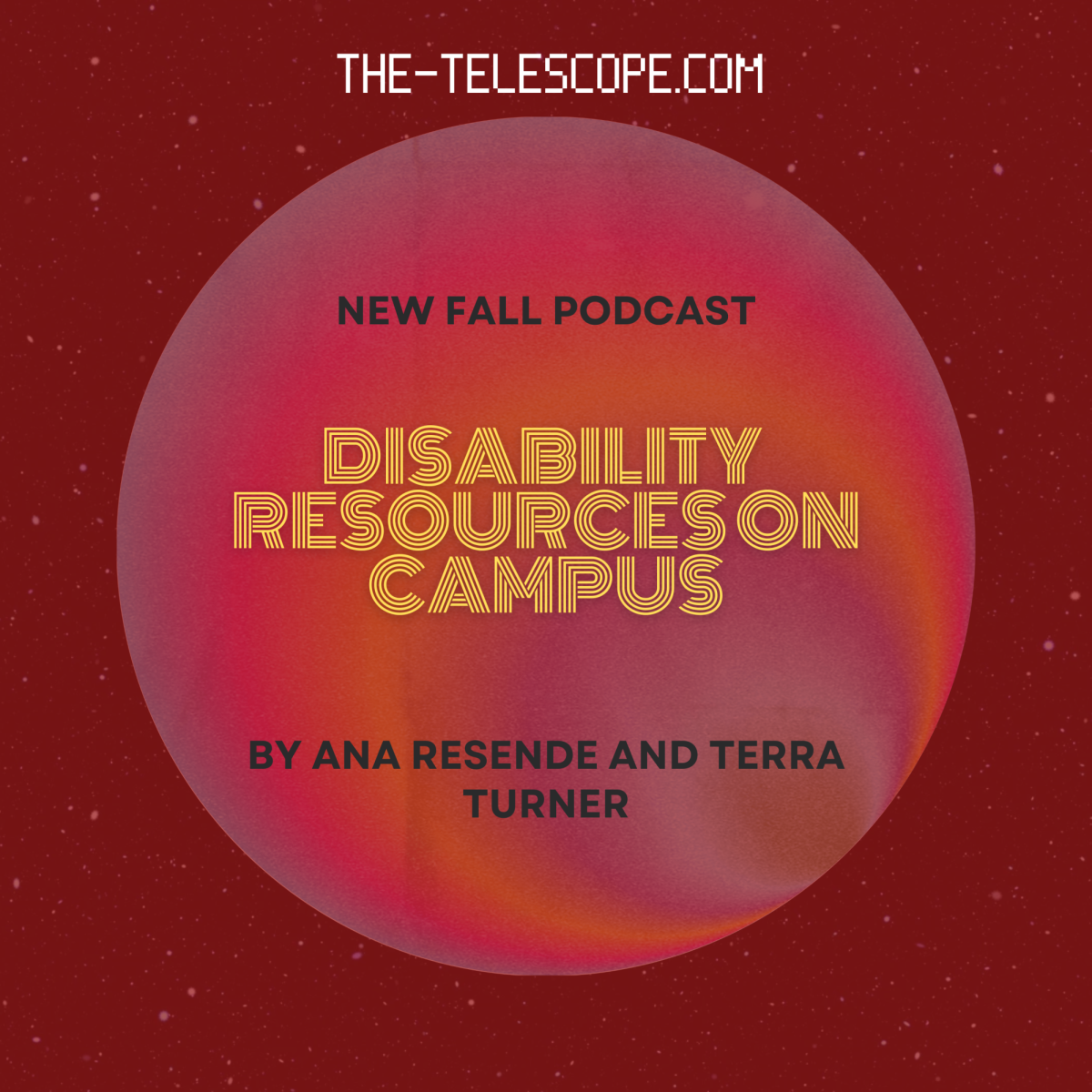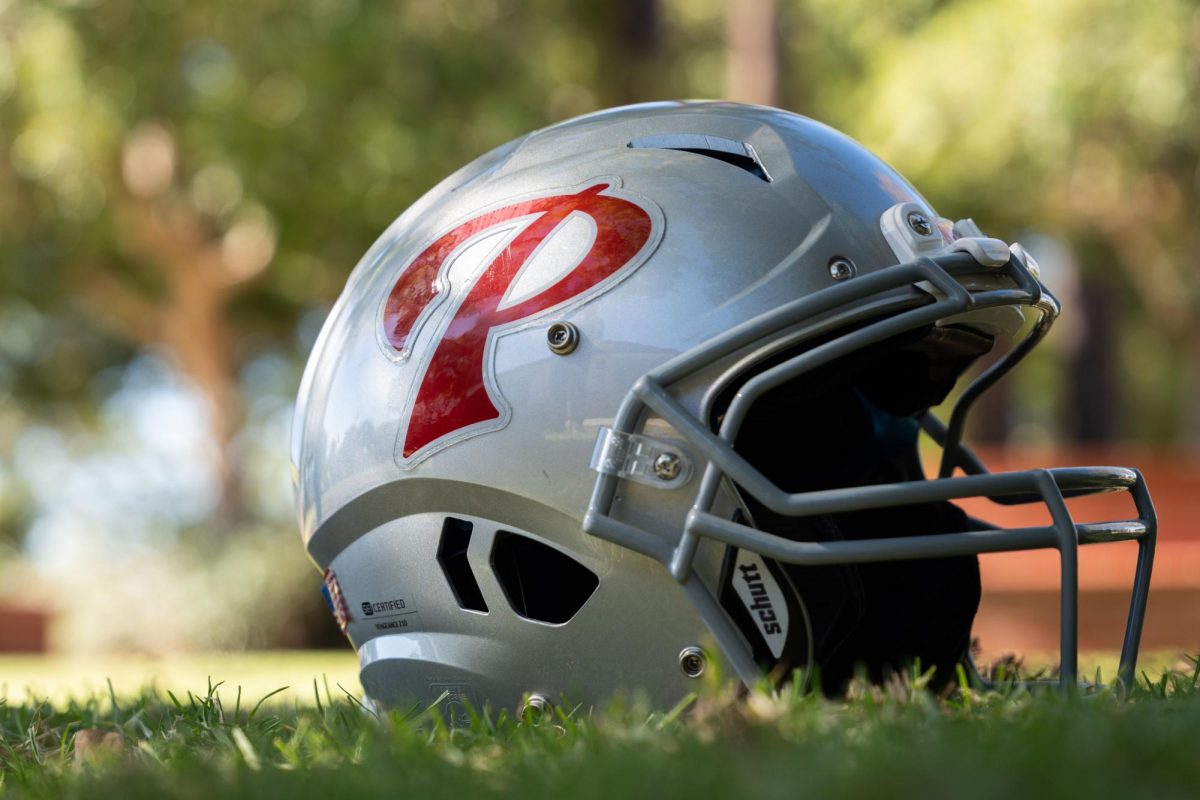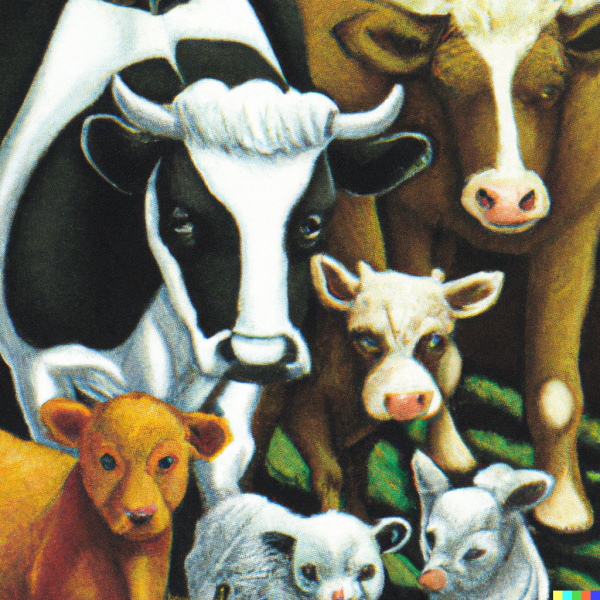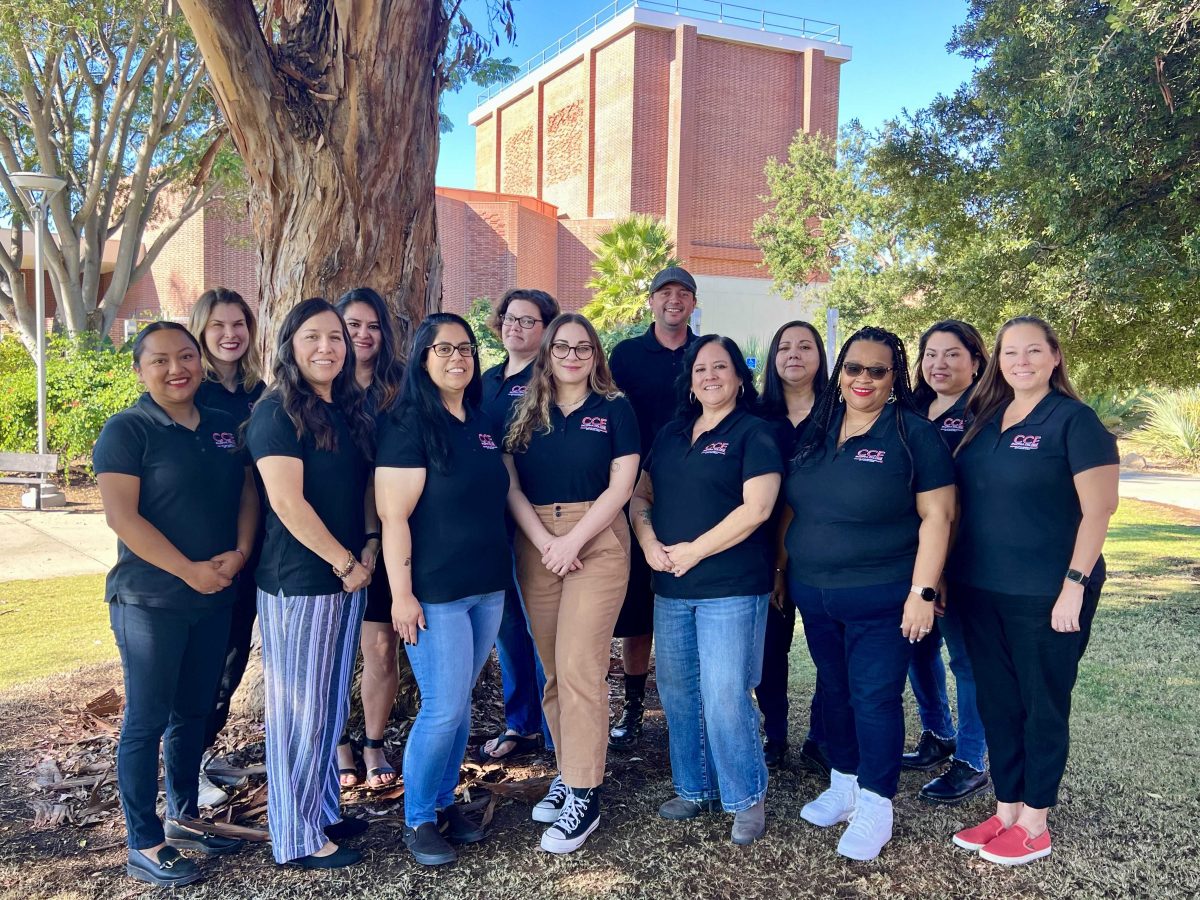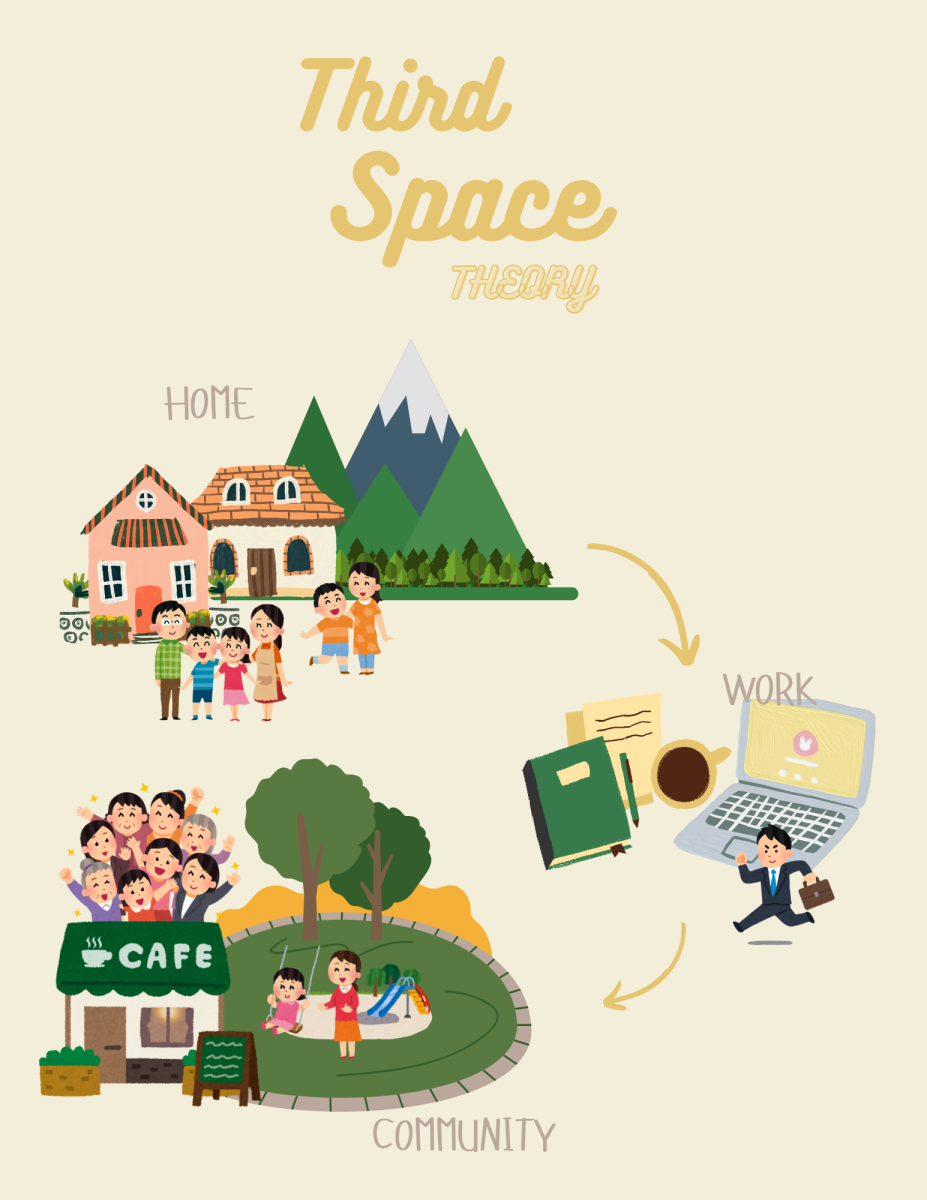“Approximately 25 million farm animals are slaughtered each day in the United States,” according animalmatters.org. How can this be? Humans can have all their nutritional needs met without killing animals, yet they persist in the needless murder of these innocent creatures capable of acting and thinking. But most of all, creatures who can experience pain.
It is so easy to eat meat. It comes in pretty packages. All we need to do is pop it in the microwave, press a few buttons and minutes later, there it is nice and warm on the plate. So easy just to chow it down with no thought of where it came from.
Not many people would eat meat if they had to slaughter the animal to get it. Indeed, most people would consider anyone a monster who would go out and kill an animal in cold blood. So, it seems people don’t mind eating meat so long as they don’t have to do the deed. In other words, out of sight, out of mind.
Most people recoil with disgust when presented with images of animals slaughtered on factory farms. But for some reason this does not translate into self-loathing. In fact, many meat-eaters loathe anyone who brings this matter to their attention.
Even vegetarians are not without the bloodstain. Many say, “Well, if I only eat dairy and free-range eggs, that’s ok since doing so does not harm the animal.”
Not so. Female cows on dairy farms give birth to nearly as many male cows as female. Since male dairy cows do not produce milk, they are shipped off to veal farms, where they are destined to be slaughtered.
Chickens who produce eggs live in small cages that contain between four and ten birds, according to thehumaneleague.org. These birds live in such tight quarters they cannot even spread their wings. Often birds will be found dead in cages long afterwards.
Chickens in cages have their beaks partially chopped off. Otherwise, the chickens injure—or cannibalize—each other. The poultry industry says this is as painless as trimming a fingernail.
Thirty-three years ago, the British Parliament assigned the Brambell Committee to undertake an investigation of animal welfare in factory farms. This is part of what the Brambell Committee said on debeaking:
“Irrespective of whether the operation is performed competently, we are convinced that it causes considerable pain, lasting for much longer than the second or so that the operation takes to perform. It has been frequently represented to us that the operation is similar to the clipping of fingernails of humans. There is no physiological basis for this assertion. The hot knife used in debeaking cuts through a complex of a horn, bone, and sensitive tissue causing severe pain.”
But even supposing debeaking was pain-free, what about male chickens? Due to the fact that male chickens are useless to egg-producing poultry farms, they are usually dumped alive into meat grinders shortly after birth where they are ground to shreds.
So, buy free-range eggs instead, you say. Free-range hens are advertised as being able to access the outdoors and for this reason, are said to have a decent quality of life.
Free-range hens usually live in huge indoor warehouses where they are grouped together atop their urine and feces. A free-range chicken is required to have access to the outdoors, but that door can be so small that most birds could not even make it through if they can even make it there in the first place.
According to Factory Farming Awareness Coalition (FFAC), “A free-range chicken could be living in a vast industrial shed with a door to a small enclosed outdoor space (with no defined size requirement) and be expected to share that outdoor area with 20,000 to 30,000 birds living in the same overcrowded housing.”
According to J&R Pierce Family Farm, “Free-range eggs are laid by hens who can access the outdoors, but that doesn’t mean that they actually choose to. It also doesn’t have any sort of bearing on how much outdoor space they need to be provided – it can be as small as a tiny fenced area or a door propped open at the end of the barn.”
Pigs, whose meat is known as pork, are not raised in any more humane conditions. These pigs on factory farms are gathered in pins at such tight quarters they would painfully bite each other’s tails. I say “would” because factory farms that raise pigs chop off their pig’s tails to avoid this, an act that is extremely painful to the pig.
Pregnant pigs spend their time in crates so small they cannot turn around. And once they give birth, they similarly not only cannot turn around but are also trapped prone on their sides so their piglets can suckle. If the sow (mother pig) shifts her weight, she often crushes and suffocates her piglet.
Cattle also suffer. Dairy cattle who live on dairy farms walk around feed lots littered with feces and urine. They are forced to remain pregnant so they can produce milk. Any mother can conceive that it cannot be fun to be constantly artificially inseminated and forced to give birth over and over again.
Cattle on dairy farms who cannot move are killed on the farm. Others who are sick but ambulatory are taken to slaughterhouses where they are killed like cows raised for beef.
Cattle killed in slaughterhouses die a gruesome death. According to the FFAC, cows are slaughtered by being “typically shot in the head with a captive bolt gun, hoisted up by their legs, and then have the major blood vessels in their neck cut with a knife to cause a rapid loss of blood so that they die from a lack of oxygen to their brain.”
Pre-slaughter stunning is supposed to render cattle unconscious before being killed. But it does not always work. You can imagine the pain a live cow would feel when subjected to this horrific slaughtering process while being conscious of it.
If you are still inclined to eat cattle, consider that beef has been known to produce cancer-causing carcinogens. According to the American Institute of Cancer Research, “There is strong evidence that eating high amounts of red meat increases the risk of colorectal cancer.”
Cattle on factory farms also require great quantities of grain and water that could be used to alleviate human hunger and thirst on a much larger scale.
In addition, cattle produce primarily through belching a greenhouse gas known as methane, which traps at least 25 times more heat than carbon. Since the beef industry is so huge, these methane emissions are the third largest source of greenhouse gases, behind only electricity production and transportation.
The food industry can now provide all human nutritional needs without killing or harming animals. Most people believe in the need to practice compassion. It’s time to start living by this philosophy in the food we eat.

